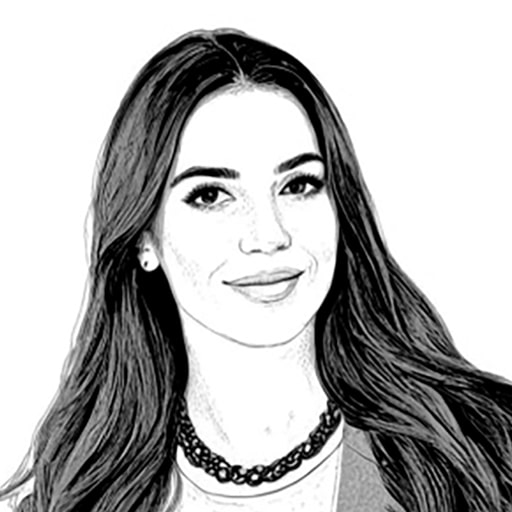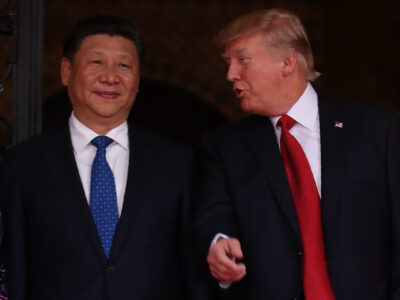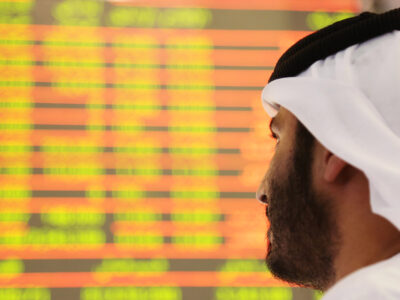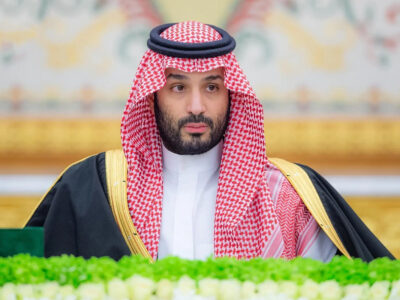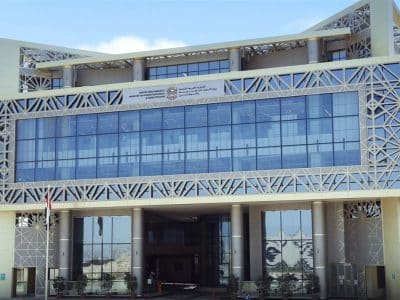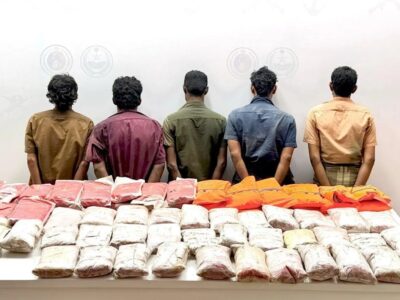The United Arab Emirates is betting heavily on artificial intelligence as part of a sweeping economic transformation plan, signing multibillion-dollar technology deals and launching a landmark AI partnership with the United States amid growing global uncertainty.
U.S. President Donald Trump’s visit to Abu Dhabi last month produced more than $200 billion in commercial agreements and a broader $1.4 trillion investment commitment over the next decade, underscoring the UAE’s intent to anchor its non-oil economy in advanced technologies, including AI, semiconductors and cloud computing.
Central to the initiative is the newly announced US-UAE AI Acceleration Partnership, aimed at deepening bilateral cooperation on artificial intelligence and related infrastructure. As part of the effort, the UAE secured a deal to import up to 500,000 Nvidia H100 chips annually, a cornerstone component in generative AI systems.
“Bilateral trade talks focused on artificial intelligence, advanced technologies, and semiconductors, culminating in the launch of the US-UAE AI Acceleration Partnership,” said Vijay Valecha, Chief Investment Officer at Century Financial.
The Gulf nation also plans to invest in major U.S. AI firms including OpenAI and xAI, while Abu Dhabi-based Group 42 will build a 5-gigawatt AI data centre, set to become the largest of its kind outside the United States.
Diversification drive
The AI push forms part of a broader strategy to diversify the UAE economy away from hydrocarbons. Non-oil sectors accounted for 75 per cent of GDP in the first nine months of 2024, according to the UAE Ministry of Economy, with the non-oil economy expanding 4.5 per cent, outpacing overall GDP growth of 3.8 per cent.
“The UAE’s projected 4.5 per cent growth in 2025 stands in sharp contrast to a global outlook marked by mounting risks and downward revisions,” Osama Al Saifi, Managing Director for MENA at Traze, told Arabian Business.
“This divergence is largely explained by the UAE’s strong performance in non-oil sectors, supported by expansion in tourism, transport, construction, and financial services, as well as sustained momentum in foreign direct investment and trade.”
The International Monetary Fund expects the UAE’s economy to grow by 4 per cent in 2025 and 5 per cent in 2026, making it the fastest-growing economy in the Gulf Cooperation Council. In contrast, global trade growth is forecast to slow to 1.7 per cent this year, with a possible recession in the U.S. or Europe still looming, according to analysts at JPMorgan and Fitch.
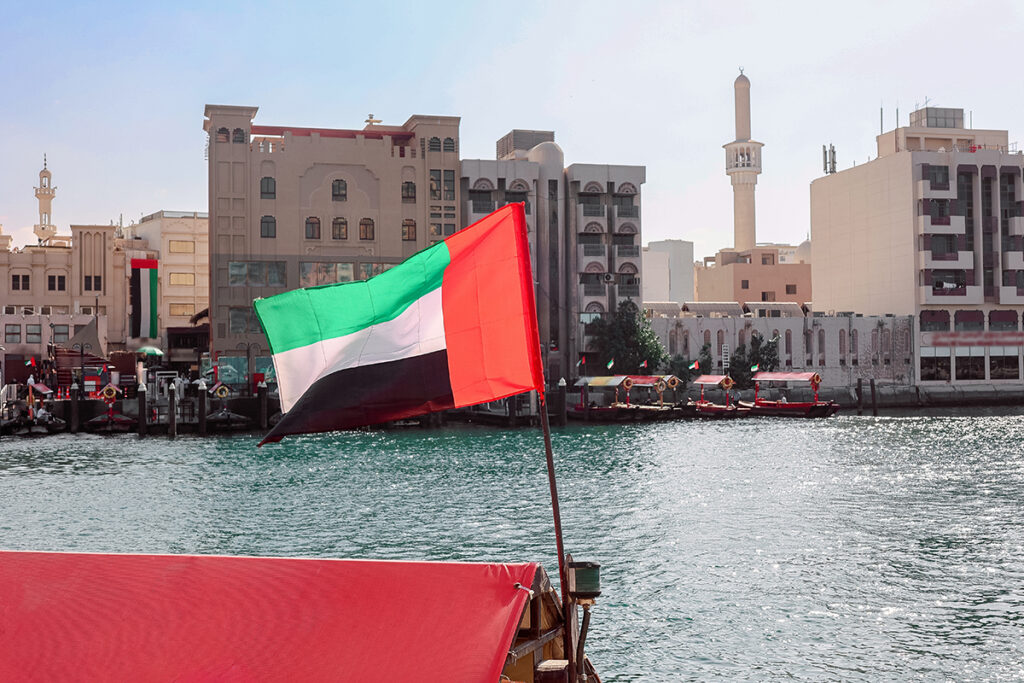
Hedge against external shocks
The timing of the UAE’s AI investment spree coincides with a deteriorating global economic outlook. While a potential recession in major Western economies would weigh on oil demand and trade, analysts say the UAE is better positioned than most to weather external shocks.
“The region is better equipped than in previous cycles, though not entirely shielded,” Al Saifi said.
“A recession in the U.S. or Europe would likely exert downward pressure on global oil demand and weigh on fiscal performance. Nevertheless, substantial sovereign wealth assets, contained inflation, and firm domestic demand provide a degree of protection.”
The UAE’s inflation rate is expected to remain stable at around 2 per cent in 2025, with consumer spending forecast to expand 4.3 per cent, supported by easing interest rates and robust domestic demand, Al Saifi added.
“A mild recession in the U.S. and parts of Europe during the second half of the year is increasingly likely, as the delayed effects of tight monetary policy, persistent inflation, and weakening manufacturing data converge,” Hamza Dweik, Head of Trading at Saxo Bank MENA, told Arabian Business.
“However, the UAE’s strong macroeconomic fundamentals, active IPO pipeline, and diversified revenue streams position it as a relative safe haven in the global landscape.”
Resilient markets, undervalued assets
Despite global volatility, UAE financial markets have shown resilience. Dubai Financial Market (DFM) welcomed 19,366 new investors in Q1 2025, of whom 86 per cent were foreign nationals. Trading activity surged, with average daily trading value reaching AED 663 million, up 67 per cent year-on-year, according to Century Financial.
UAE equity valuations also remain below historical averages. The DFMGI index trades at a trailing P/E of 9.5x, about 16.5 per cent below its five-year average, while the ADSMI index is down 16.3 per cent from its historical norm.
“The indices appear undervalued considering the UAE’s solid fundamentals and growth trajectory,” said Valecha.
“With over 74 per cent of GDP coming from non-oil sectors closely linked to market performance, equity markets deserve a better valuation.”
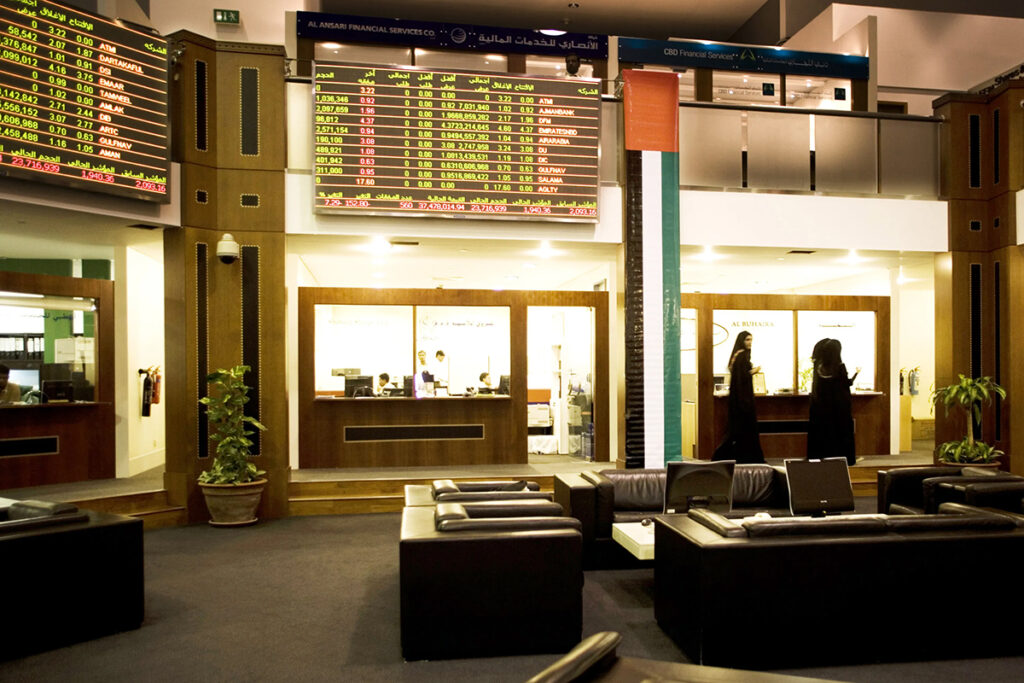
Strategic positioning
The UAE’s AI ambitions are not solely economic. Investments in U.S. data infrastructure, semiconductor supply chains, and critical mineral projects are helping strengthen bilateral strategic ties. Abu Dhabi’s $25 billion partnership with Energy Capital Partners, and a $60 billion energy cooperation framework with ExxonMobil and Occidental Petroleum, indicate a multipronged strategy that blends AI leadership with industrial leverage.
“Technology will be central to the UAE’s next growth cycle – AI, green innovation, digital finance – these are the sectors that will help insulate the economy from external volatility,” Al Saifi said.
PwC estimates the AI sector could contribute over $320 billion to the Middle East economy by 2030, with the UAE positioned to capture the lion’s share through early infrastructure deployment, regulatory reform and foreign investment attraction.
“Sectors with strong global linkages – such as logistics, real estate (particularly off-plan investment-driven projects), and non-oil exports like aluminum and petrochemicals – are most vulnerable to a potential U.S. recession,” Dweik said.
He added that sectors like tourism, hospitality, and sovereign-backed infrastructure projects are expected to remain resilient, supported by “robust domestic demand and long-term strategic initiatives.”
“The projected non-oil GDP growth of 4.6 per cent in 2025 indicates the ongoing success of diversification and structural reform initiatives,” Valecha added.
Dweik echoed his sentiment, adding that diversification remains essential in the current economic environment.
“Investors should consider blending traditional and alternative assets, such as sukuk, infrastructure, and private equity, while also diversifying geographically… Allocating capital across resilient sectors like healthcare, technology, and tourism will help regional investors navigate uncertainty.”
